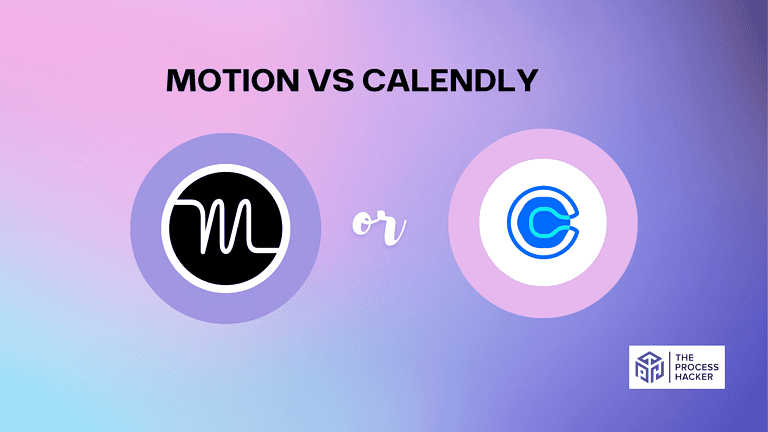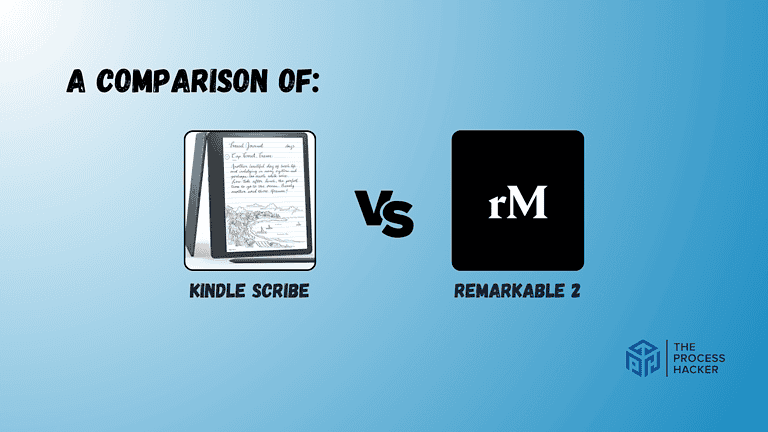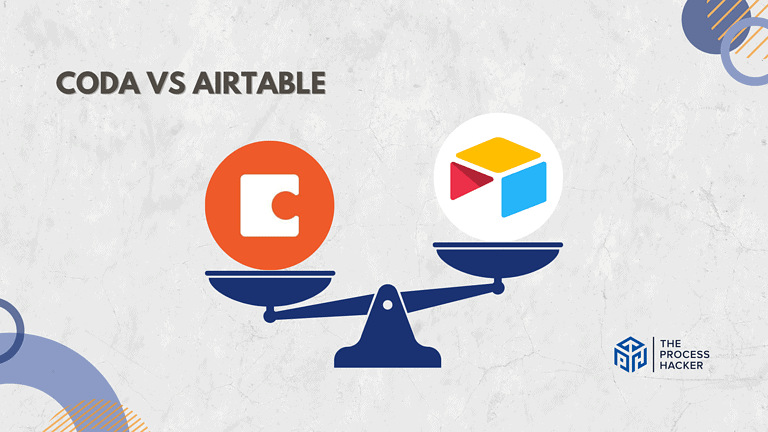The One Thing by Gary Keller | Book Summary
If you’re looking to unlock your full potential, The One Thing: The Surprisingly Simple Truth About Extraordinary Results by Gary Keller is a must-read. This book offers groundbreaking advice on achieving clarity, direction, and focus in life.
No matter what industry or career path you are pursuing—or even if you are just beginning to explore possible directions—The One Thing provides tools and wisdom that can help you decipher the overwhelming number of priorities competing for your attention.
It’s included in the list of business books essential for anyone looking to enhance their professional capabilities and focus on what truly matters.
Buy The One Thing on Amazon
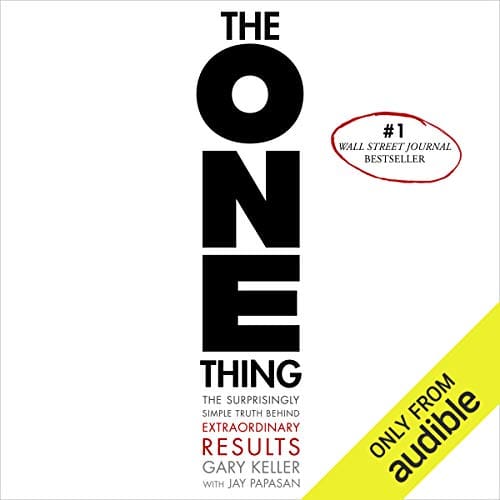
The One Thing by Gary Keller
The Surprisingly Simple Truth About Extraordinary Results
“What’s the One Thing you can do such that by doing it, everything else will be easier or unnecessary?” In the book, The One Thing: The Surprisingly Simple Truth Behind Extraordinary Results, Gary Keller details his concept of “The One Thing.” This idea will help you focus and prioritize in your personal life, business, or work by removing distractions, reducing stress, and getting better results in less time.
This book contains all of the tools needed to unlock potential and maximize productivity – allowing readers to focus on achieving their goals faster and move closer to achieving true success.
In this blog post, we provide our The One Thing summary, which gives valuable insights into how its principles can be used as part of an overall strategy for extraordinary results, complemented by other essential productivity books to enhance effectiveness. Let’s dive right into it!
Download the PDF Book Summary for The One Thing by Gary Keller
Chapter 1: The One Thing
After building a successful company, Gary Keller introduces the idea of “The One Thing,” which was the product of his first major entrepreneurial failure. His company was failing, and his life was crumbling around him.
Keller sought help from a coach, who told him to do the life-altering One Thing of replacing 14 employees. He stepped down as CEO and found the 14 right people for the right seats, which resulted in extraordinary corporate success and growth. Keller was a self-made successful person and started coaching his company’s top performers to use the One Thing in their lives and careers.
Most people think the road to big success is time-consuming and intricate. Thus, these people overload their schedule and to-do list, resulting in being stressed and overwhelmed. Yes, it doesn’t happened overnight but Keller tells us to be successful is to do the opposite and Go Small:
Going Small – narrowing your focus for achieving extraordinary results; ignoring all the things you can to focus on the things that matter the most
Chapter 2: The Domino Effect
Gary Keller claims that success is created by doing the One Thing at a time, like falling dominos, to compound to produce extraordinary results:
Domino Effect – the chain reaction or the cumulative effect produced when one event sets off a chain of similar events
In this analogy, upright dominos lined up contain potential energy. When the first domino falls, the amount of energy released corresponds to the number of lined-up dominos. Thus, you want to focus your efforts on the One Thing. Then, the results from this effort will multiply with the next thing, and so on.
Time management means focusing on one priority at a time, simplifying your workload, and enhancing your efficiency and effectiveness, leading to greater success in various aspects of life.
Chapter 3: Success Leaves Clues
The most successful people and companies are known for the One Thing, such as a product, service, passion, or one skill. Keller provides many examples, including KFC with its chicken recipe, Starbucks with its coffee, and Microsoft with its Windows operating system. Many individuals can point to one pivotal person that significantly contributed to their success.
Part 1: The Lies: They Mislead and Derail Us

In The One Thing, Keller presents the six misconceptions that are thought of today as absolute truths. These six “lies” will prevent us from being successful in using the One Thing in our lives.
Chapter 4: Lie #1: Everything Matters Equally
In the real world of getting results, most things are never equal. Many of us are guilty of creating to-do lists that treat everything as urgent and important. However, it may feel that everything matters equally and busyness rarely takes care, but will not achieve significant results.
Instead, we have to prioritize what matters the most. Vilfredo Pareto, an Italian economist, found that inequality existed in wealth distribution. This theory was codified in the Pareto Principle:
Pareto Principle (80-20 Rule) – about 80% of the results (outputs) come from about 20% of the causes (inputs)
Thus, efforts are not equal, and a select number of vital efforts can produce significant results. When creating a to-do list, start with an extensive list of actions and choose the One Thing to do that will have the best impact.
Chapter 5: Lie #2: Multitasking
Multitasking is ineffective and inefficient and can result in mistakes or failures. Many people believe that multitasking or working on tasks simultaneously will lead to success. The need to multitask arises out of not having enough time and an abundance of distractions.
However, a Stanford study showed that task-focused workers outperformed multitaskers every time. People cannot focus on two or more complex tasks at the same time. When we “multitask,” we are constantly switching our attention between multiple tasks, which results in wasted time. Instead, we should solely focus on One Thing at a time to be most productive.
Chapter 6: Lie #3: A Disciplined Life
In the One Thing, Gary Keller states that any perceive successful people as naturally being disciplined. However, that is not true, as we all have just enough discipline to be successful. The key is to develop powerful habits to help you take action to succeed.
You can form a habit by being disciplined enough to accomplish a task regularly. According to studies from the University College of London, it takes about 66 days to establish a new habit. Over time, the right habits will be easier to manage and more likely to stick around. Success builds sequentially, so you should focus on developing one powerful habit at a time.
Download The PDF Book Summary For The One Thing By Gary Keller
Chapter 7: Lie #4: Willpower Is Always On Will-Call
Willpower or the ability to delay gratification is a significant indicator of future success. However, you will not always have the willpower to succeed as it comes and goes. Thus, we have to use our willpower like it is energy from a battery. The more you use your mind, the less willpower you have.
As willpower corresponds to the level of achievement, we do not want to resort to an average amount of willpower. Thus, we need to use our willpower economically and not spread it too thin. To use your willpower wisely, you need to focus on accomplishing your most important work, or the One Thing, earlier in the day.
Chapter 8: Lie #5: A Balanced Life
Many people try to achieve work-life balance as a worthy goal, but this concept is an impossible reality. The neverending to-do list in different areas of life makes balance impossible. When we pursue balance, we will not produce amazing results as we are stuck in the safe middle.
Instead, Gary Keller, in the One Thing, states that we need to pursue purpose, meaning, and significance. When we focus effectively our time and work to achieve these three ideas, we will lose balance. Great results come from concentrated effort toward the extremes, which can be regulated by:
Counterbalancing – idea to focus our efforts but not too extreme that we hurt our well-being and cannot swing back
To be successful, we will get out of balance in our work and personal lives. But the key is to understand your priorities and know how far to go before counterbalancing.
Chapter 9: Lie #6: Big Is Bad
It is a common misconception that significant objectives correspond to time-intensive and challenging efforts. It follows that many are scared of pursuing major dreams. They think small and establish internal limiting beliefs and roadblocks.
We need to big thinking to pursue incredible goals. In Mindset, Carol Dweck discusses that those who adopt a growth mindset believe their success corresponds to their invested time and effort. Thus, all the amazing possibilities are limitless, and there is no goal too big for our reach. Accordingly, we will boldly take action on the scale of how large we think.
Part 2: The Truth: The Simple Path to Productivity
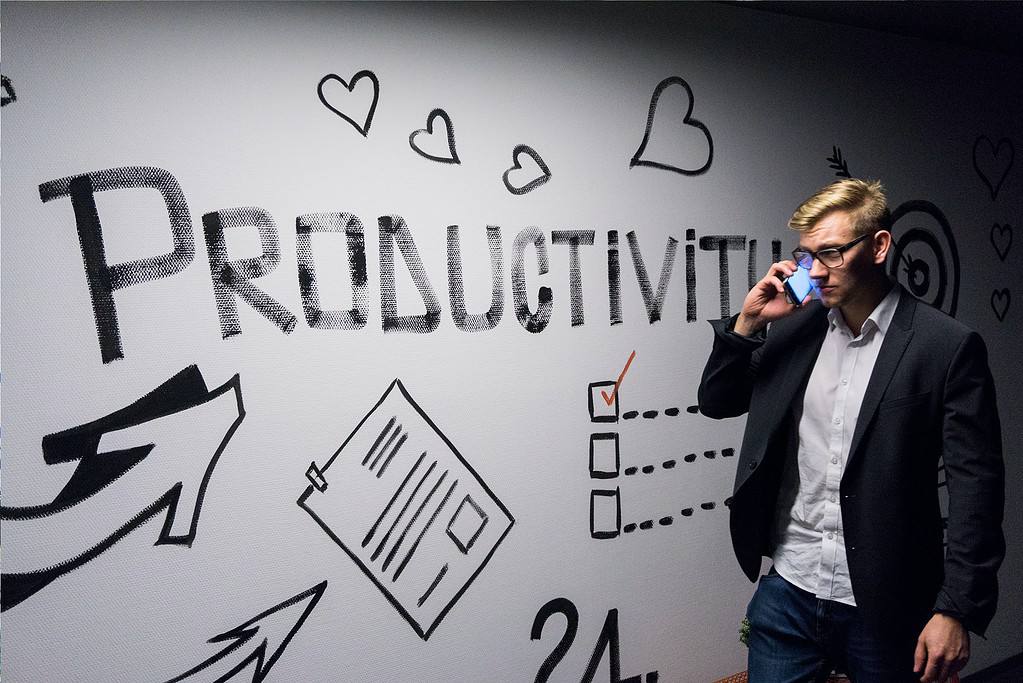
In the One Thing, Gary Keller chased success and pushed himself and others over the limit. He realized that he went too far, began to listen to his body, and purposely did less. He figured out that many of us “overthink, overplan, and overanalyze our careers, our businesses, and our lives.”
Instead of working way too hard and indulging in poor health habits, we can focus our efforts on just a few things or the One Thing that will produce extraordinary results.
Chapter 10: The Focusing Question: “What’s The ONE Thing?”
In 1885, Andrew Carnegie stated that the main factor in becoming successful is to focus your energy, attention, and money on a specific course of action. With a similar thought, Mark Twain added that to execute, you have to break down the larger complicated tasks into smaller manageable tasks and start with the first one.
However, in both perspectives, how do you know what to do? We have to ask the Focusing Question, which will prevent us from executing in the wrong direction:
Focusing Question – the one important question that leads you in the right direction: “What’s the ONE Thing I can do such that by doing it, everything else will be easier or unnecessary?”
- Big Picture – helps you develop a vision for your life and determine the direction of your career or company: “What’s my ONE Thing?”
- Small Focus – helps you focus on your most important task for that day: “What’s my ONE Thing right now?”
“The quality of any answer is directly determined by the quality of the question.” The quality answer to this question will allow us to execute and achieve results.
Chapter 11: The Success Habit
Habits are essential to help us achieve our annual and monthly goals. Poor health habits are hard to break, and good habits can be harder to form.
We need to create a habit of asking the Focusing Question to establish our priorities and take action. We can use either the big picture or small focus questions depending on the time frame. For more on habits, check out Atomic Habits (book summary) or The Power of Habit (book summary).
In the One Thing, Gary Keller recommends using the Focusing Question in all areas of your life: spirituality, physical health, relationships, career, business, and finances. When approaching each category, the Focusing Question will help you clarify what you want. Then, you can take action on the One Thing for achieving extraordinary results in that area of life.
Chapter 12: The Path To Great Answers
Ask a Great Question: Great questions are big and specific. To ask a great question, you have to follow the Great Question Matrix, with four quadrants:
- I – Big & Specific: This question will help you think big with the specificity to help you achieve that big goal.
- II – Big & Broad: This question helps you think big, but the broadness results in more questions than answers.
- III – Small & Broad: This brainstorming question helps you list options but needs specificity to narrow down.
- IV – Small & Specific: Small goals do not require much action, so you will not get amazing results.
Find a Great Answer: Great answers come in three categories:
- Doable – tasks that are most likely to be achieved
- Stretch – reachable goal at the farthest end of your range
- Possibility – best goals that push the envelope of what’s possible causing transformations
Top performers do not settle for the first two and extend themselves outside their comfort zone and continually seek the best new answers. You can establish a benchmark for solutions from the knowledge and experience of others.
Download the PDF Book Summary for The One Thing by Gary Keller
Part 3: Extraordinary Results: Unlocking the Possibilities Within You

Gary Keller tells us that we can implement the One Thing to produce incredible outcomes using three principles: Purpose, Priority, and Productivity.
Chapter 13: Live With Purpose
The best and most powerful balanced life is a life lived on purpose:
Purpose – your big One Thing that is the guiding force that drives your actions; the thing that is your intention or objective
If you ask most people what they want in life, it is the desire to be happy. We want happiness, but most of us have a poor understanding of what will truly make us happy. Many resort to achieving status or wealth and acquiring more stuff, but this does not lead to happiness.
We become happy on the way to fulfillment. American Psychological Association ex-President, Dr. Martin Seligman, tells us there are five contributors to happiness: “positive emotion and pleasure, achievement, relationships, engagement, and meaning.” The most important of these is being engaged in our actions and finding meaning in our lives. When our efforts fulfill a higher purpose, we will gain clarity, make better decisions, and have the strength to persevere. Taking action on our purpose will result in the best outcomes and experiences in our true life. Check our Gary Keller’s The One Thing webpage to help discover your purpose.
Chapter 14: Live By Priority
“Purpose without priority is powerless.” When you live with purpose, you will know where you are going. The priority tells you how you will get there:
Priority – your small One Thing that you take action on to achieve your purpose; the thing that is urgent and important
In the 14th century, priority was a singular word that meant what mattered the most. It lost its original meaning and became pluralized in the 20th century. To have a compelling top priority, we need to set SMART goals.
Every prioritized action will influence the next experience; however, the further into the future the purpose seems, the immediate motivation is tougher to come by. We have to think big from our purpose and work backward to the priority: someday goal, five-year goal, one-year goal, monthly goal, weekly goal, daily goal, and the right now. Lastly, write your goals down to provide clarity, and then use Grant Cardone’s 10X Rule to take massive action and gain momentum.
Chapter 15: Live For Productivity
After being inspired by your purpose and taking action on your priority, productivity is what transforms lives:
Productivity – the rate of action taken corresponding to how much your purpose and priority are pushing and driving you; the building block of profit
In the One Thing, Gary Keller says that the most successful people most productively use their personal resources. They focus on the One Thing to get more done, achieve better outcomes, and make more money per time worked. We think that we have to work more hours, but most of us do not have the energy to do so. The key is to time block:
Time Blocking – “very results-oriented way of viewing and using time;” you schedule time such that your priority gets done
When you time block, you devote most of your time, at least four hours of deep work or focused attention per day, to the One Thing that needs to get done. You will encounter distractions and disruptions, but you need to protect your time block to be productive and produce amazing results.
To get more motivated to be productive, check out our blog on the best productivity quotes!
Chapter 16: The Three Commitments
In The One Thing, Gary Keller says that to achieve great results from time blocking, you need the following three commitments:
- Follow the Path of Mastery: Seeking mastering is the path to attaining amazing results. First, you have to start learning the basics and commit time and effort to develop expertise and experience. Mastery bears gifts as deliberate practice over time will result in you achieving mastery of knowledge and skills.
- Move from “E” to “P”: You have to switch between the two modes of entrepreneurship and purpose. The entrepreneurial mode is the natural approach of enthusiasm, energy, and ability that will eventually hit the ceiling. However, the purposeful mode will help us achieve breakthroughs from new ideas, skills, and relationships.
- Live the Accountability Cycle: You need to take ownership to make changes in your life as accountable people achieve results. Being comfortable or having a victim mindset will hold you back. You can find a coach or accountability partner to hold you accountable.
Chapter 17: The Four Thieves Of Productivity
To overcome the four thieves of productivity and be a productive person, you should do the following:
- Start to Say “No”: Saying no will give you the freedom to devote time to the One Thing. As when you say yes to a commitment, you have to say no to others.
- Accept the Chaos: When you work on your One Thing, you will put other stuff on hold. Chaos is unavoidable, and you should not fear it and deal with it accordingly.
- Manage your Health and Energy: Personal energy mismanagement can result from overwork or overwhelm. Treat your body with proper exercise, sleep, and nutrition to have the energy to achieve extraordinary results.
- Take Ownership of Your Environment: You need to surround yourself with the right people and a supportive environment to help you achieve your goals.
Chapter 18: The Journey Of Pursuing The ONE Thing
“No matter the objective, no matter the destination, the journey to anything you want always starts with a single step. That step is called the ONE Thing.”
You will experience obstacles and hardships when pursuing a big goal, but it can be accomplished by breaking it down to a small focus. When you simplify the process, you can keep the big picture in mind and not get overwhelmed. Taking action creates habits, and establishing habits produces extraordinary success. One by one, like dominos, you will execute on the One Thing and achieve your successful life.
Download the PDF Book Summary for The One Thing by Gary Keller
Next Steps: Check Out the One Thing by Gary Keller
To conclude, Gary Keller asks “What’s the One Thing you can do such that by doing it, everything else will be easier or unnecessary?” This idea of the One Thing will help you focus and prioritize in personal and professional life. I hope this post has helped you review the book or inspires you to get your own copy.




